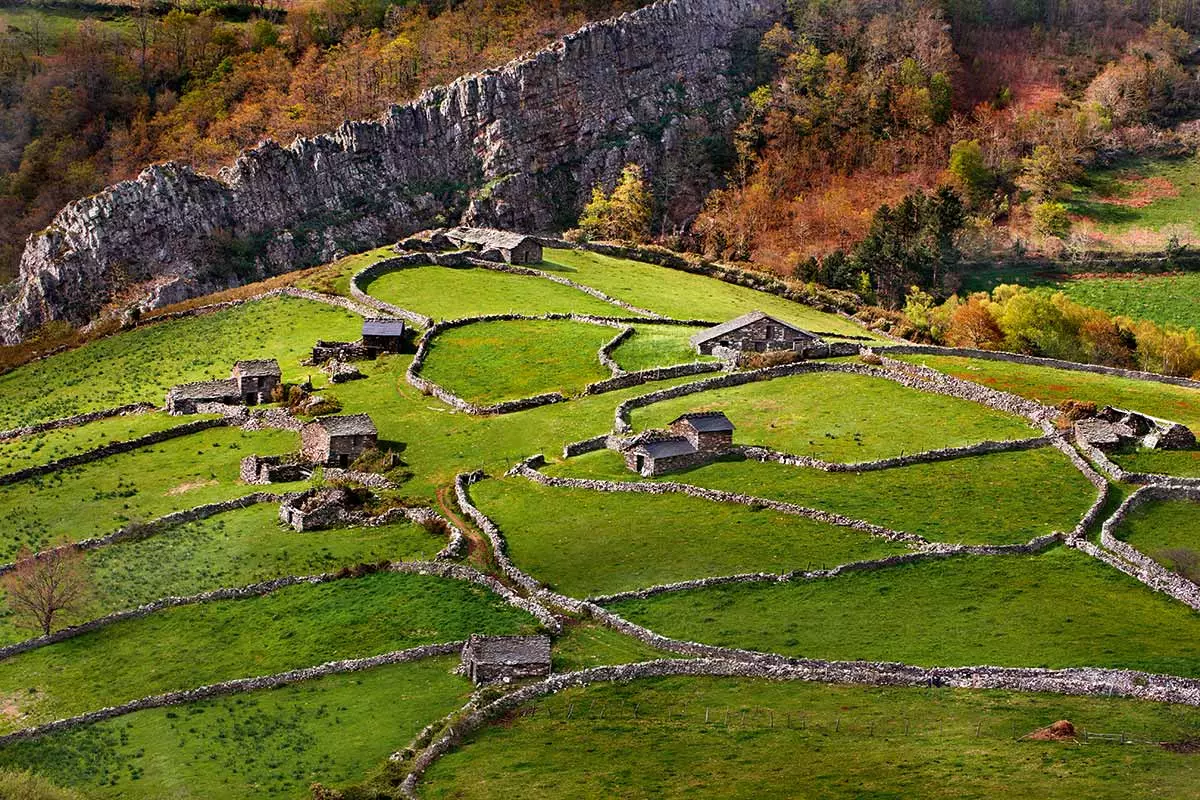
Braña de El Campel, in Allande, is one of the most beautiful cowboy brañas in western Asturias
This time I have succeeded. I already have my aerial postcard with those green ones that are so exciting to those of us who were born on the ocher plateau . In those I am when I run into another prize. It is a phrase of Enrique Vila-Matas I read in the on-board magazine. The genius of our century justifies his latest work with this sentence: “Curiosity means life”. There are no explanations. We landed in Asturias . Being born and fed in our country sharpens the senses and conditions the barometer of demand. Spain is something like a wealthy network of gastronomic countries. And Asturias becomes headliner of this culinary festival.
Perhaps Vila-Matas's phrase summarizes the reasons that have brought us back to the Principality: where does the essence of the heterogeneous Asturian pantry come from? Diversity and self-sufficiency . The splendid cupboard of their homes supplies itself, from the first coffee of the day to the rice pudding for dinner. The epicurean culinary scene has a first and last name, denomination of origin and plethoric heads of cattle among romance novel greens. In their mills, workshops, forges, cellars and dairies the unmistakable spirit of the authentic remains.
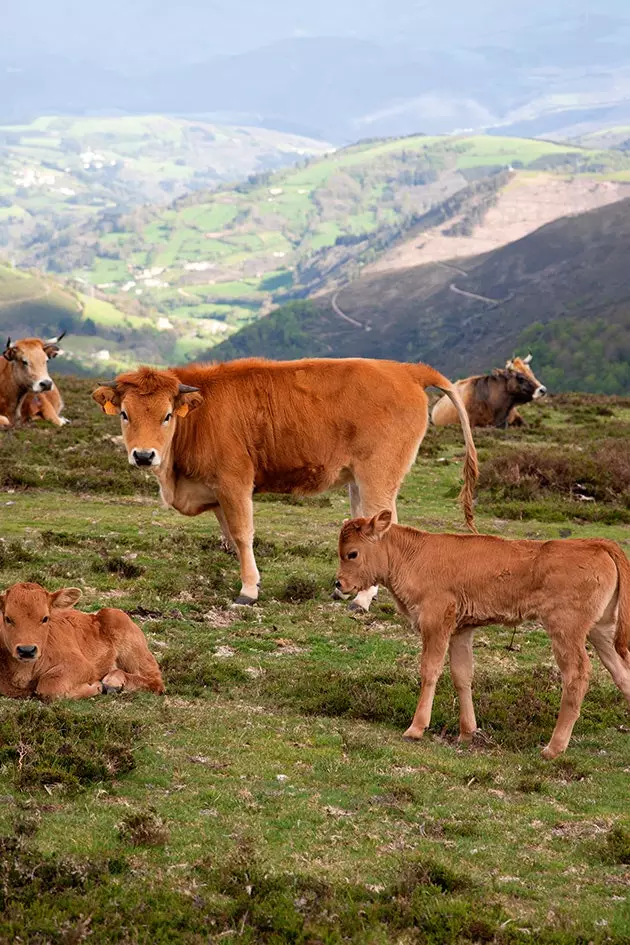
The happiest cows in the world
It happens that the prizes are savored with pleasure when they are deserved. Our reward at the end of the road, read, the gastronomic feast, requires doing homework first. This is immersing ourselves in the entrails of the product. There where it is collected, raised and pampered, macerated and aged . Where he comes into the world, where he dies. As if it were a huge staging, its protagonists blacksmiths, bakers, artisans assume their role and watch over to perpetuate the rich DNA of Asturias.
“ At home we enjoy oysters like children ”, Nuria and Eduardo smile. In 1992 was born ACEO , the oyster farm that is revolutionizing Castropol. The last population center in western Asturias is bathed by the Eo estuary, a paradise for the proliferation of bivalves. AcuEO is the culmination of the dream of Eduardo and Nuria, who sell some 200,000 oysters a year . Until four years ago, 90% of the production was enjoyed by the French. Today they have consolidated national faithful with the online sale.
In Castropol, its concave oysters are tasted by the kilo, at just over one euro per piece. “And they are healthy: 100 grams of oysters are 70 calories from zinc, protein and water ”, Concludes Nuria. “It lends me a lot that so many Asturians live off a product so linked to my land”, she reflects already in the Onofre car. On this occasion, our Willy Fog from Oviedo presents himself with a relentless gymkhana through sublime settings in the interior, and which he seasons with a festival of jokes at the throttle of this Paris-Dakar through the Principality.
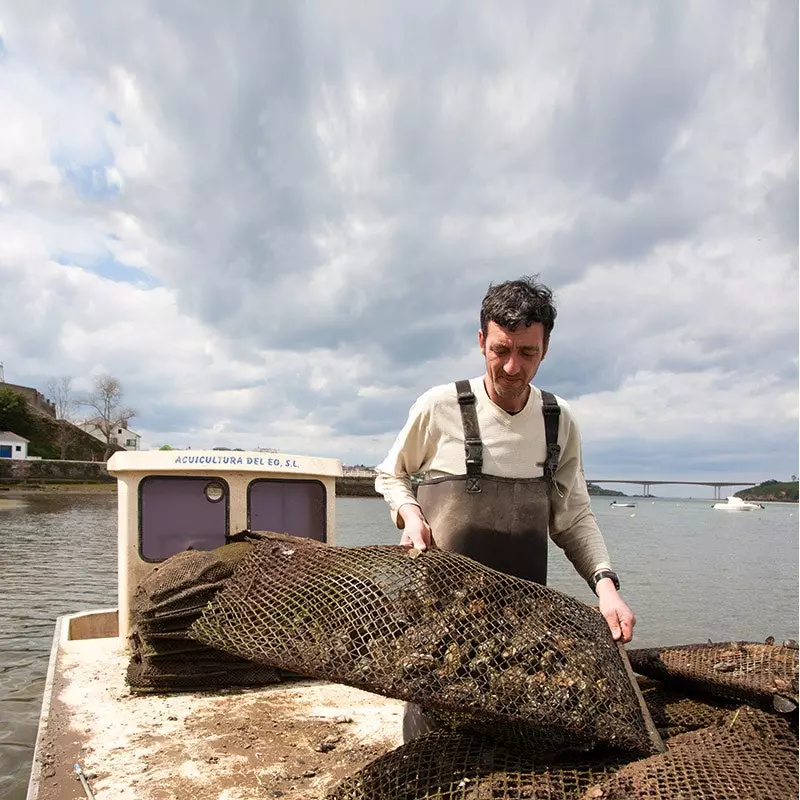
At AcuEO they grow oysters in bags that hang from rafts
They say that some Asturians They have a pending issue with the West . Luis Legaspi Lastra agrees with us. His home is the ethnographic ensemble of Teixóis , in the municipality of Taramundi. With the melody of their fala dialect we enter this tiny town made of slate, and recovered 28 years ago. An accomplished model of Asturias from seven centuries ago with a mill, power plant, mallet, forge and a granary (the Asturian cupboard). The ferocity of the Asturian orography protected and isolated its towns for centuries. The need for self-sufficiency sharpened ingenuity.
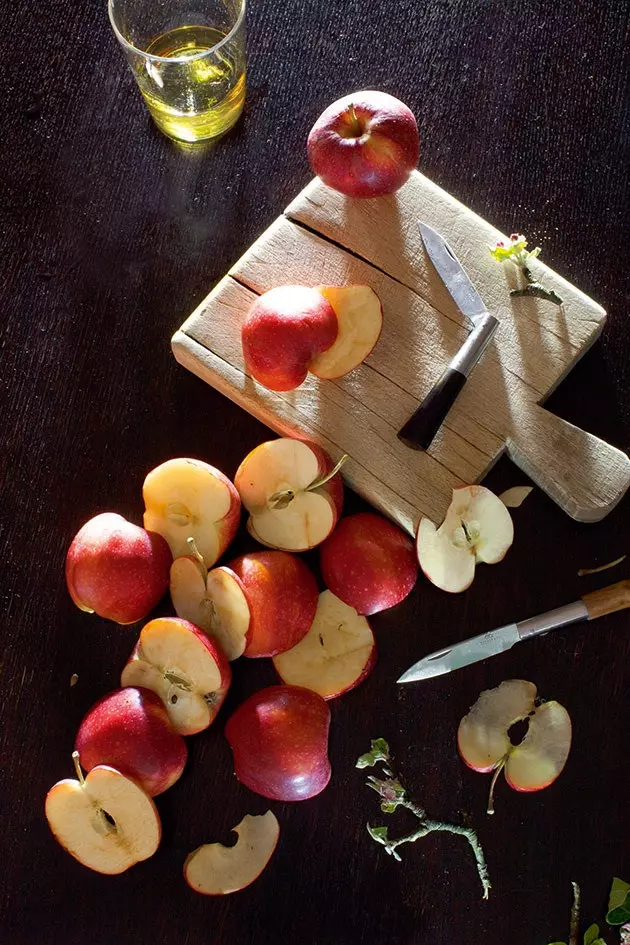
Apples to make cider and knives from the Taramundi museum
Still in Taramundi, the rectory It was the first rural hotel in Spain. For almost 30 years it has made the essence of rural tourism its own, with its rustic lounges, library with fireplace and postcard views. The council protects and promotes a heterogeneous cast of craft guilds. Pilar, Fritz and César hoist the flag of tradition. Pilar Quintana , an enthusiastic artisan, she presented the Prince and Princess of Asturias with one of her tapestries: “ Don Felipe assured me that my wedding gift shines in his living room ”. It is easy to marvel at the handling of the warp and weft of his loom, whose productivity is one meter per day. Neither the performance nor the goodness of the raw material is equal to another of the historical trades, that of the blacksmith.
In the village of Mazonovo **(12 registered inhabitants)**, in Santa Eulalia de Oscos, César is one of the last ironworkers in Europe. His teacher, Fritz, is an Austrian who in 2005 decided to recover an old forge from the 18th century, abandoned to its fate in 1970.
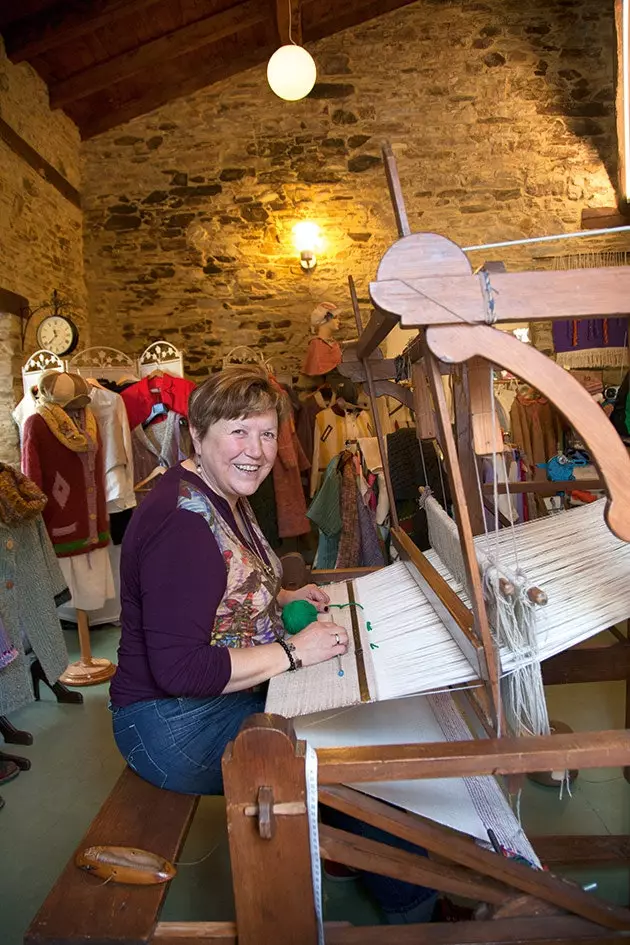
Pilar Quintana at her Asturian loom
Today the trade becomes an artistic aspect with the forging of beautiful gadgets. The hammering of the original mallet, with a force of about 300 kilos, only intimidates a few pitus (chickens) and their neighbors. Joaquín and Eduardo manage L'Auga , a rehabilitated mansion where they pamper you with a pot of collard greens in the heat of the stove or with some eggs that arrived fresh in the kitchen. Mazonovo it is a balm for the lungs, the stomach and urban common sense. The bable, that melody, fascinates me. That said, les vaques are the mothers of the most tender Asturian product. His henchmen, les oveyes (sheep), los gochos (pigs) and les cabres (goats) are essential to finish off this craft festival: cheeses, dairy products, desserts, sausages, and a meat that is cut with a spoon.
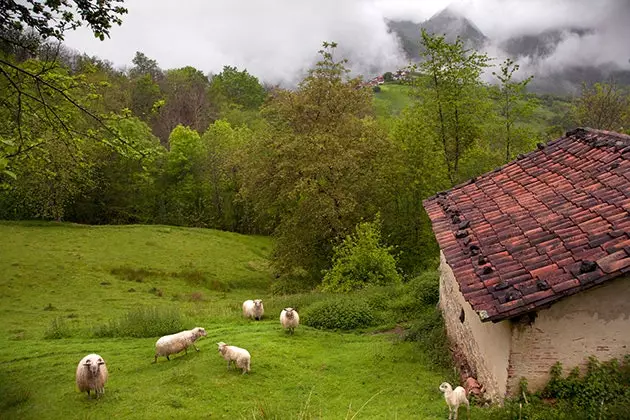
Sheep of Amieva
Tineo, a mecca for carnivores, makes a good part of the genre in Sausages The Village , which distributes to Spain, Belgium, the United Kingdom, Andorra and Italy.
"These cows are happy," cries a countryman, while I remember that slogan of cheese spread. Maybe that's why its dairy draws ovations. Asturias is the kingdom of cheeses. More than 40 varieties of sheep, cow and goat justify their reign. In Amieva, dawn Y Save from La Collada They fulfill their real mission by making Los Beyos cow, goat and sheep cheeses from the Picos de Europa. Following the Cares river route, we leave behind the Bulnes funicular, which gives access to the village that gives its name to the Picu Urriellu (Naranjo de Bulnes), climbers dream. Ours is inside a cave in Sotres. Rogelio uses a generator to illuminate the abrupt cavity that houses some 3,000 pieces of cabrales . "The key is in the Penicillium fungus and in the humidity," says our cheesemaker.
"Good morning, little girl." Xoxé Fernández, 'Ambás', has that rare ability to monopolize all sympathy from minute one. He welcomes us in Ambás, the village of Grau where his parents, Sancho and Filomena, together with their other daughter Marta (and her boy, Xiel), lovingly perpetuate the process of making the tender Blancu and Roxu Afuega'l Pitu (D.O.P) in Ca Sanchu .
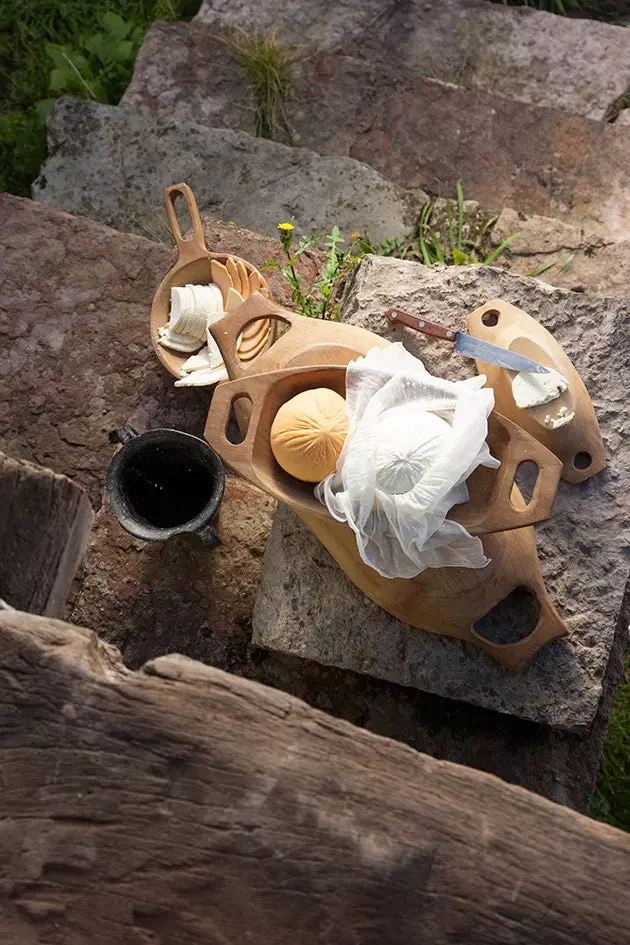
Still life of Afuega'l Pitu cheeses from Ca Sanchu, in Grau
Beyond, in Cangas de Narcea , a countryman laments: “How much damage have the pre-frozen baguettes done”, while he buys the bread that José and Carmen make in Miller House , the only mill with four wheels in Asturias. They grind and distribute rye, wheat and corn flour to a large part of the region. A little further east, in Belmonte de Miranda , the gang of smiling bakers from The crosses It boasts of making the best einkorn and wheat in the region (300 pieces a day), sweet bread (100) and chorizo buns (30 a day). The Nieves family's bakery can bake 180 pieces in one go.
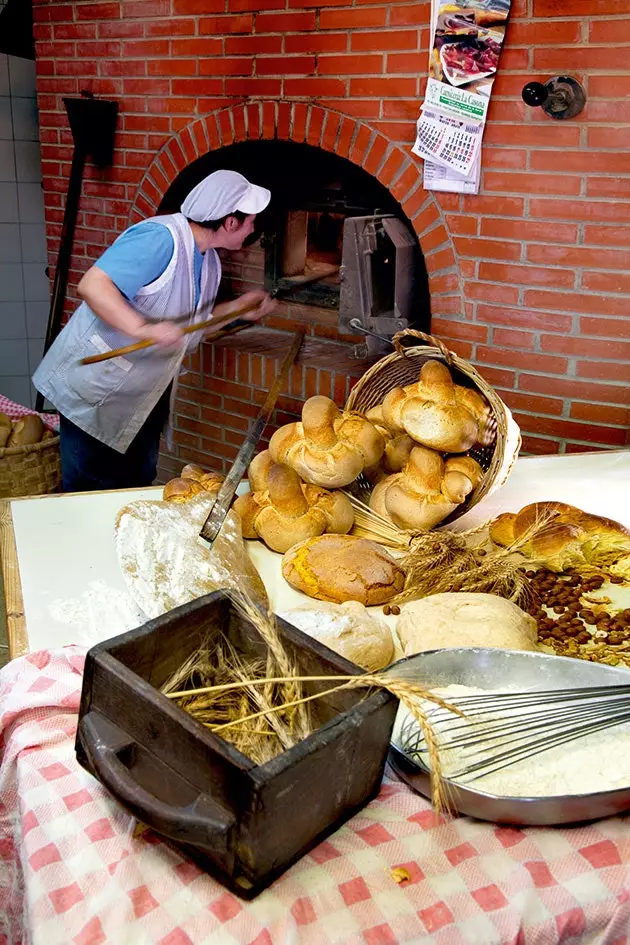
Las Cruces Bakery in Belmonte de Miranda
“Asturians have cost us great efforts to appreciate our wine. The problem is not quality, but small-scale production”, points out Juan Manuel Redondo, as he opens the doors of the Monasterio de Corias winery for us. “We work with albarín, verdejo negro, carrasquín or albillo microvineyards. We collect 140,000 kilos of grapes a year (from about 14 ha), which translates into 50,000 bottles." Cangas is without a doubt the D.O.P. smallest in our country. And as the grape does today, the Asturian apple has been providing excellent doses of joy with its ciders for centuries. “It is an exclusive product”, repeats José María Díaz, from Casería San Juan del Obispo. “The secret is in the percentage: 100% natural, 100% Asturian”. They produce 250,000 liters of Tareco cider per year and two distilled delicacies: white brandy (L'Alquitara del Obispo) and old brandy (Salvador del Obispo).
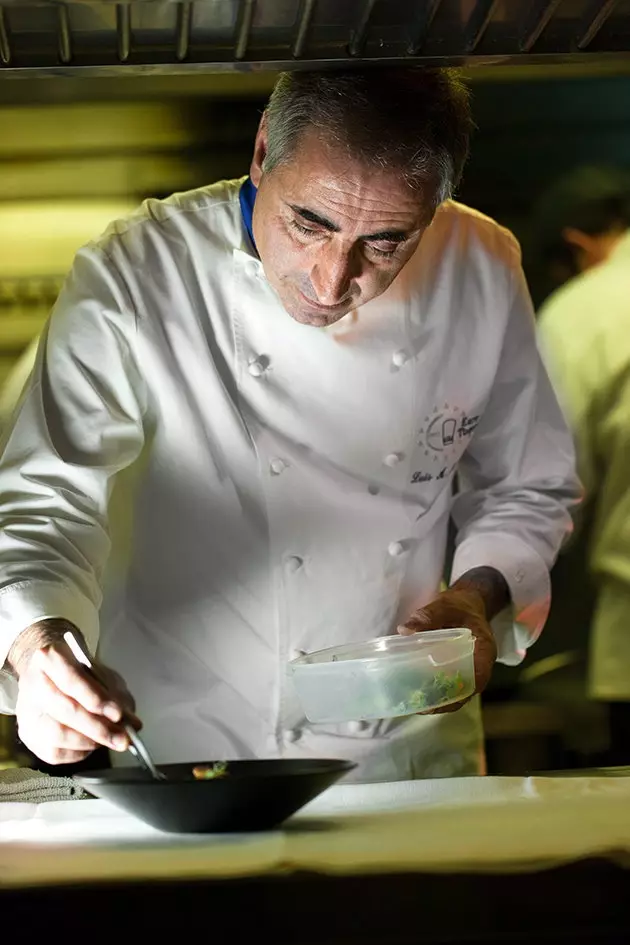
Luis Alberto Martínez, chef at Casa Fermín (Oviedo)
“Curiosity means life” I repeat myself one more time. Life as that energy that requires a certain evolution. In these questions are other architects of the Asturian pantry: the cooks. Much of its merit lies precisely in the ability to innovate without neglecting the identity of this land. The DNA of Asturias. A lesson I learned during the palace feasts of Gerard House , ** Casa Fermín ** and ** El Corral del Indianu ** and in the delicate simplicity of Blanco's dishes. In addition to Rison's superb raw material, the heat of Telva House , the unforgettable flavor of the pot of cabbage L'Auga and of the beans of the shack . This time I have succeeded. Curiosity killed appetite.
* This article is published in the May 74 Condé Nast Traveler magazine. This issue is available in its digital version for iPad in the iTunes AppStore, and in the digital version for PC, Mac, Smartphone and iPad in the virtual newsstand by Zinio (on Smartphone devices: Android, PC/Mac, Win8, WebOS, Rim, iPad) .
*** You may also be interested in...**
- Beaches of Asturias: 19 ways to enhance your senses
- Top 10 Asturian towns: the battle between the mountains and the Bay of Biscay
- Asturias a sea of legend
- Savoring Asturias in Madrid
- The 40 photos that will make you lose your head in Asturias
- All articles of Sara Morillo
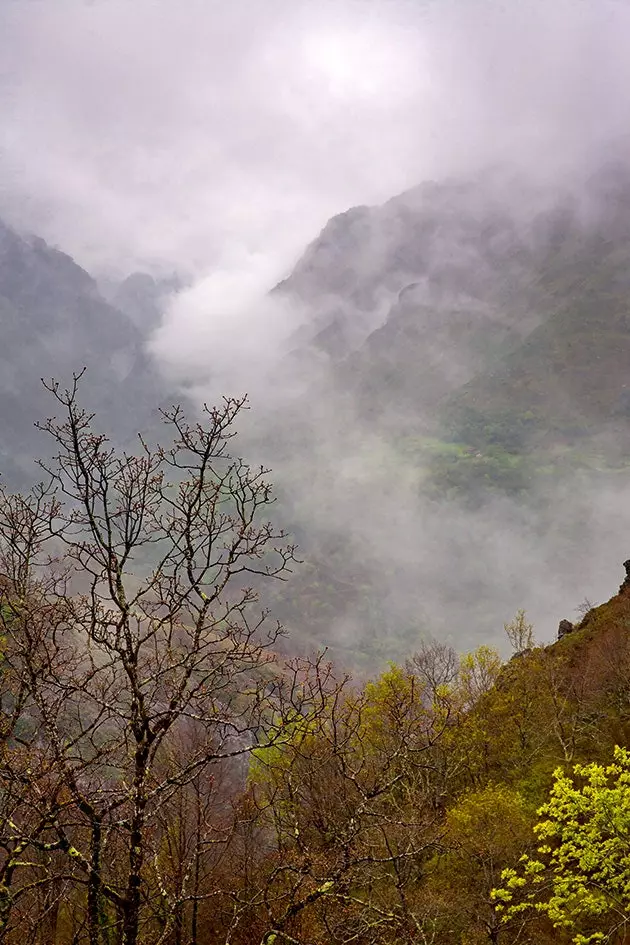
The fog lives between the cliffs of the Picos de Europa
